Until recently, behavioral insights research has typically focused on developing solutions for public policy problems. It has also been applied to improve marketing and investment decisions. However, there is still a dearth of research on the application of behavioral insights to the field of organizational behavior.
The core of organizational behavior research is to understand organizational decision-making. Managerial decisions such as who to hire and who to promote do not exist in a vacuum. They are shaped by many factors. It can be argued that three critical factors in particular may influence these kinds of decisions; individual factors, social factors and the context/environment. Newly emerging research suggests that behavioral insights can be applied to each of these areas to help mitigate sub-optimal decision-making.
Individual factors
The choice of hiring one candidate over another is naturally influenced by a host of cognitive biases and heuristics at an individual level. What if we could minimize these biases to help managers make more objective decisions? Research suggests that in early stages of recruitment, keeping CVs anonymous helps to reduce discriminatory hiring (Joseph, 2016). Therefore, these tools help managers to avoid making erroneous hires and ensure workforce equality.
Social factors
At the heart of various high profile organizational failures (e.g. 2015 Toshiba audit scandal) are biased corporate decisions made by top management. For example, biases such as groupthink come into play when board members have to reach a consensus on multiple decision alternatives. Several rules can be generated about how decision alternatives can be effectively generated and evaluated to reduce choice overload (e.g. devil’s advocacy) (Schweiger et. al., 1989). Debiasing board-level decision-making can strengthen corporate governance and improve strategic decision-making.
Contextual factors
In time-bounded clinical settings, decision-making is error prone. For example, due to the large volume of critical patients, emergency physicians tend to use heuristics to speed up diagnosis and treatment. However, this often leads to misdiagnosis (Pines, 2006). There is evidence that doctors may make decisions based on an initial piece of information provided by the patient and ignore disconfirming information (confirmation bias). Cognitive forcing strategies and decision aids such as safety checklists and computer systems can guide decision-making. These are now routinely used by various NHS trusts to improve patient care.
Hence, behavioral analysis of corporate environments can help gain insight into faulty individual, group and organizational wide decision-making. Using an array of behavioral tools, one can teach organizations how to make smarter choices.
That’s the smartest choice of all.
Your author is Ria Dayal. She has an MSc. in Organisational and Social Psychology from the LSE
References:
Joseph, J. (2016). What Companies Use Blind/Anonymous Resumes and What Benefits Have They Reported?.
Pines, J. M. (2006). Profiles in patient safety: confirmation bias in emergency medicine. Academic Emergency Medicine, 13(1), 90-94.
Schweiger, D. M., Sandberg, W. R., & Rechner, P. L. (1989). Experiential effects of dialectical inquiry, devil’s advocacy and consensus approaches to strategic decision making. Academy of Management journal, 32(4), 745-772.
For more on this speak with us, or have a look at our capabilities
Also, as co-founders and supporters of the London Behavioural Economics Network, join the Meetup group and Facebook group for more details and events
Related Posts
August 13, 2023
Money (but not called that, and how it changes behaviour).
Advertising agencies make a lot of…
August 1, 2023
Reading ease is not as easy as all that – comprehension shows the way
It's easy to make text readable, right?…
July 20, 2023
The ‘Hollywood hello’ – and the importance of context when communicating
When communicating we all like to be as…




